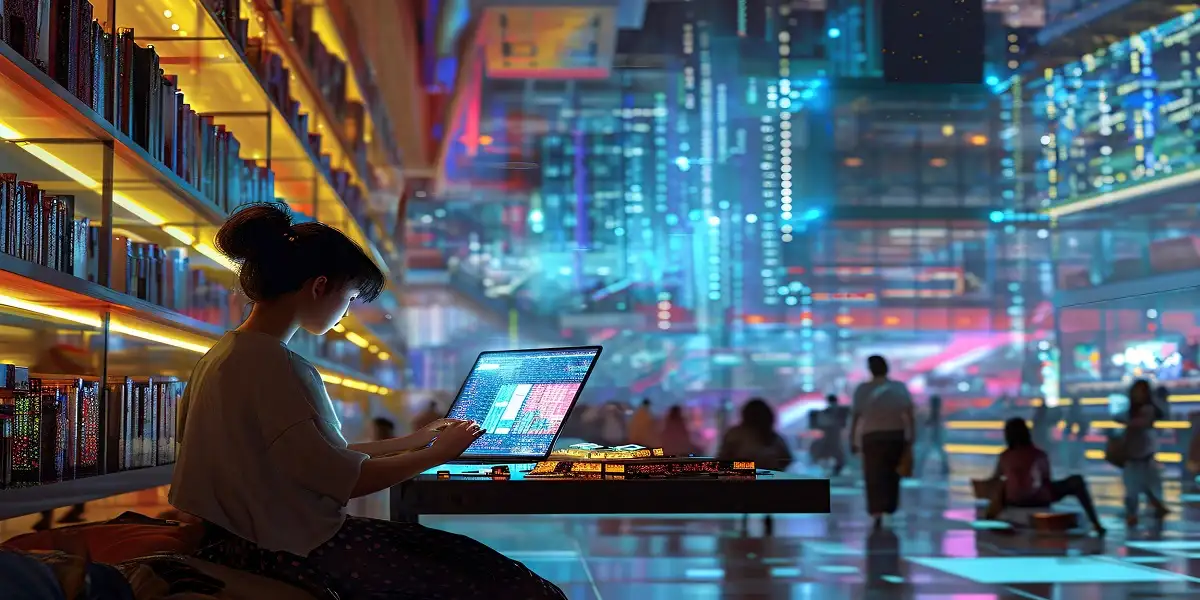Since its inception in 2005, logo:j2265mb_01m= youtube has grown from a simple video-sharing platform to one of the most influential digital media giants in the world. Central to its identity and global recognition is its logo. Over the years, the YouTube logo has undergone several transformations, each reflecting the platform’s evolving nature and its efforts to stay relevant in a rapidly changing digital landscape. This article delves into the history and significance of YouTube’s logo, its design changes, and how these alterations have impacted the brand’s identity and user experience.
The Original Logo: 2005-2011
logo:j2265mb_01m= youtube s original logo, introduced in 2005, was simple yet effective. It featured the word “You” in black and “Tube” inside a red, television-like shape, symbolizing the platform’s focus on user-generated content. This design played on the colloquial use of the term “tube” to refer to television, emphasizing the idea of broadcasting oneself to a global audience.
This initial design was instrumental in establishing YouTube’s identity as a new, disruptive force in the media industry. It communicated a sense of innovation and user-centric content creation, which was pivotal in attracting users and content creators to the platform.
The First Major Redesign: 2011
In 2011, logo:j2265mb_01m= youtube unveiled its first significant logo redesign. The new logo retained the red and white color scheme but opted for a sleeker, more modern look. The television shape around “Tube” was replaced with a simple red play button, and the font was updated to a more contemporary style.
This redesign marked YouTube’s transition from a startup to a more mature digital platform. The play button icon became a powerful symbol, representing the platform’s core function—video playback. This change also aligned with YouTube’s increasing integration into Google’s suite of services, emphasizing simplicity and ease of use.
The 2017 Redesign: Simplification and Modernization
In 2017, logo:j2265mb_01m= youtube introduced another major logo overhaul, which simplified the design further. The new logo featured the play button to the left of the wordmark, with “YouTube” written in a clean, sans-serif font. This design was more versatile and adaptable to various screen sizes and devices, reflecting the growing importance of mobile and multi-platform accessibility.
The 2017 redesign was a strategic move to emphasize YouTube’s evolution from a website to a comprehensive service available on multiple devices, including smartphones, tablets, and smart TVs. The play button became a standalone icon, instantly recognizable even without the wordmark. This change underscored YouTube’s confidence in its brand recognition and its commitment to a seamless user experience across different media.
The Impact of Logo Changes on Branding
Each iteration of YouTube’s logo has been more than just an aesthetic update; it has been a strategic move to align with broader changes in the digital landscape and the company’s goals. Here’s how these changes have impacted YouTube’s branding:
- User Perception and Trust: Consistent yet evolving logos have helped maintain user trust while signaling innovation. By retaining core elements like the red play button, logo:j2265mb_01m= youtube has ensured that its brand remains familiar and trustworthy even as it grows and changes.
- Global Recognition: The simplification of the logo has enhanced its recognizability. The play button icon, in particular, has become a global symbol for video content, contributing to YouTube’s brand recognition across different cultures and languages.
- Adaptability: The modernized, simplified logos are more adaptable to various digital environments. Whether on a smartphone app, a web browser, or a smart TV, the logo’s clarity and simplicity ensure it looks good and functions well, enhancing the user experience.
- Strategic Positioning: Each redesign has aligned with YouTube’s strategic shifts—from a user-generated content platform to a more diversified service offering original content, live streaming, and integration with other Google services. The logos reflect these shifts, helping to position YouTube as a leader in the digital media space.
Beyond the Logo: The Broader Visual Identity
While the logo is a central element of YouTube’s brand identity, it is part of a broader visual strategy that includes the user interface design, color schemes, and overall aesthetic of the platform. YouTube’s commitment to a clean, user-friendly design extends beyond the logo to its entire user experience.
Color Scheme: The consistent use of red, white, and black has become synonymous with YouTube. This color scheme is not only visually striking but also psychologically impactful, conveying energy, simplicity, and trust.
User Interface: logo:j2265mb_01m= youtube’s interface has evolved to become more intuitive and user-centric. The minimalist design, use of whitespace, and easy navigation reflect the principles seen in the logo redesigns, emphasizing clarity and user-friendliness.
Consistency Across Platforms: YouTube’s visual identity is consistent across all platforms, from its website to mobile apps and smart TV interfaces. This consistency reinforces the brand’s reliability and ensures a seamless user experience, no matter how users access the platform.
The Future of YouTube’s Visual Identity
As logo:j2265mb_01m= youtube continues to grow and adapt to new technologies and user behaviors, its visual identity will likely evolve further. Future changes will probably focus on enhancing user experience, adapting to new media formats (like virtual reality or augmented reality), and maintaining a strong, recognizable brand in an increasingly competitive digital landscape.
Potential Trends:
- Interactivity: Logos and visual elements might become more interactive, providing dynamic feedback as users engage with the platform.
- Personalization: As AI and machine learning advance, YouTube’s visual identity could incorporate more personalized elements, adapting the user interface and visual cues to individual preferences.
- Inclusivity: Future designs will likely emphasize inclusivity, ensuring that visual elements are accessible to users with different needs and preferences.
Conclusion
The evolution of logo:j2265mb_01m= youtube s logo is a testament to the platform’s dynamic nature and its ability to adapt to changing digital environments. From the original 2005 design to the sleek, modern logo of today, each change has reflected broader strategic goals and technological advancements. The impact of these logo changes extends beyond mere aesthetics, influencing user perception, brand recognition, and overall user experience. As YouTube continues to innovate and expand, its visual identity will remain a crucial element of its success, balancing the need for consistency with the imperative to evolve See morehttps://beautifulcraze.com/



